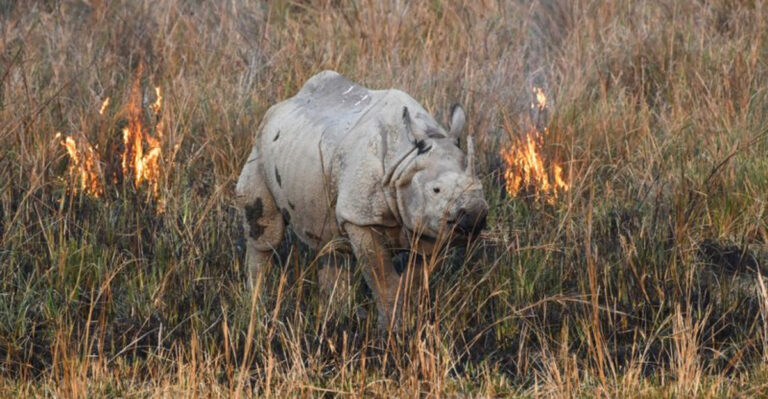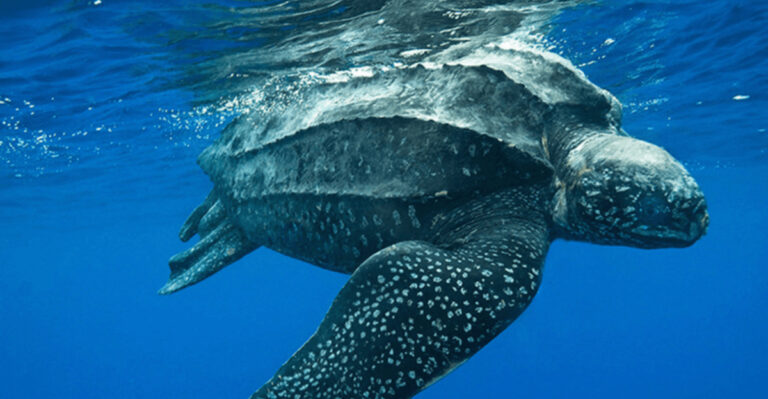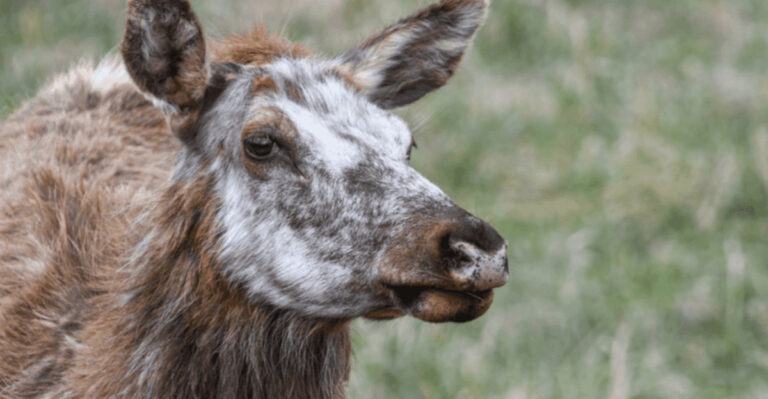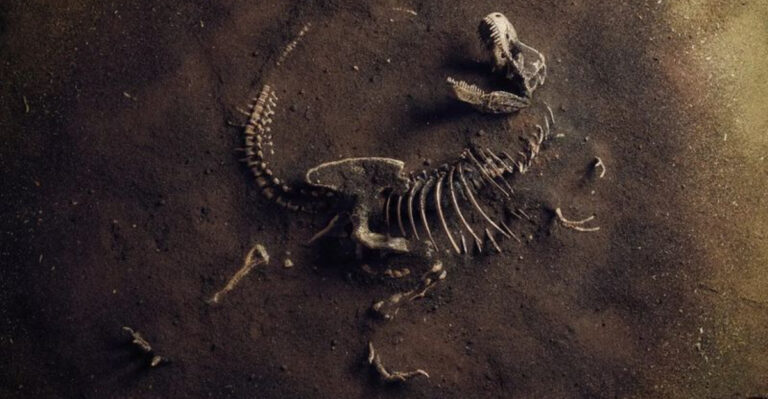Top 15 Most Dangerous Animal Species In Florida
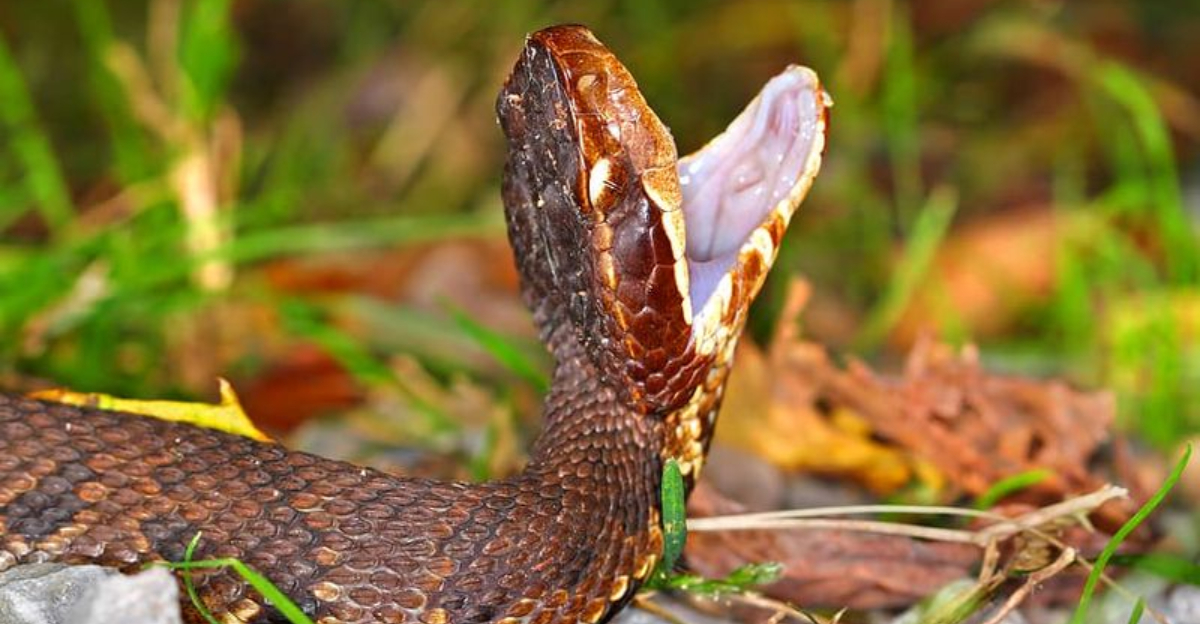
Florida’s diverse ecosystems harbor some seriously dangerous creatures that locals and tourists should watch out for.
From swamps to beaches, the Sunshine State is home to animals that can bite, sting, or even kill humans. Understanding these dangerous creatures might just save your life during your next Florida adventure.
1. American Alligator

Kings of Florida’s waterways, alligators can reach up to 15 feet long and weigh over 1,000 pounds. They lurk almost invisibly with only their eyes and nostrils above water.
Unprovoked attacks are rare, but feeding these reptiles makes them associate humans with food. Females fiercely protect their nests during summer months, so keep your distance from any gator, especially during mating season.
2. Eastern Diamondback Rattlesnake
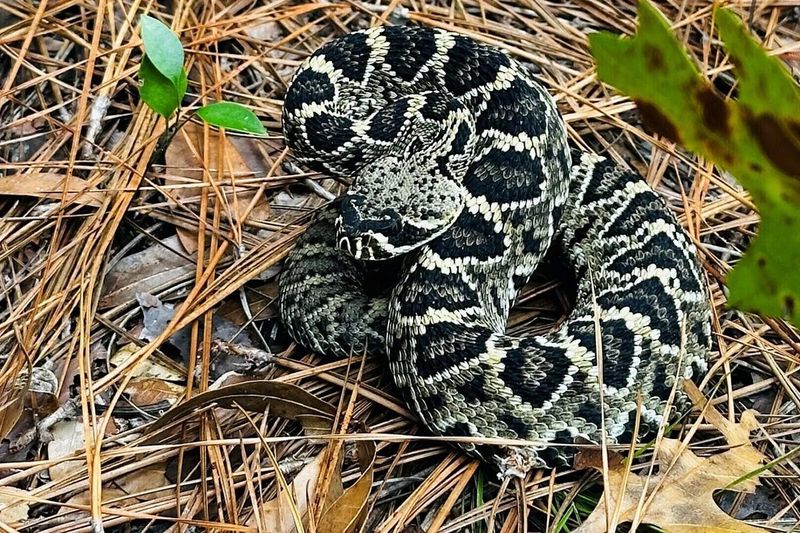
Florida’s deadliest snake packs enough venom to kill several adults. Recognizable by its diamond pattern and warning rattle, this heavyweight among North American venomous snakes prefers dry pine forests and palmetto flatwoods.
When threatened, it coils and raises its head, ready to strike at remarkable speed. Their bites cause severe tissue damage, internal bleeding, and without antivenom treatment, potential death within hours.
3. Bull Shark

Aggressive and territorial, bull sharks frequently visit Florida’s coastlines and can even swim miles upriver into freshwater. Their stocky bodies and blunt snouts make them easily identifiable to experts.
What makes them particularly dangerous is their tendency to swim in shallow, murky waters where people often swim. Their powerful bite force crushes bone with ease, and they’re responsible for more attacks on humans than almost any other shark species.
4. Florida Black Bear
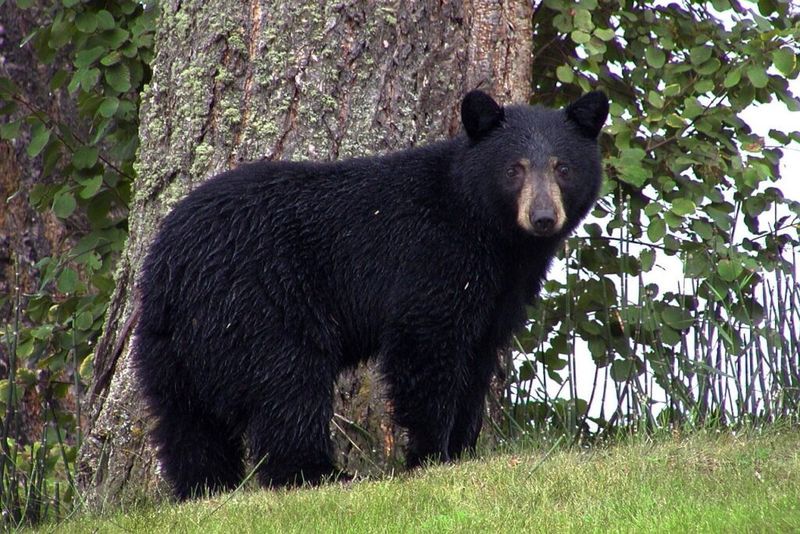
Usually shy and reclusive, Florida’s black bears typically avoid human contact. However, when food-conditioned or protecting cubs, they become unpredictable powerhouses capable of serious injury. Standing up to six feet tall and weighing over 350 pounds, these omnivores possess incredible strength.
Encounters have increased as development pushes into their habitat. Never approach a bear or come between a mother and her cubs—back away slowly if you spot one.
5. Water Moccasin (Cottonmouth)

Often confused with harmless water snakes, the cottonmouth earned its name from the white lining inside its mouth, which it displays when threatened. These pit vipers inhabit virtually every freshwater environment in Florida.
Unlike many snakes that flee from humans, cottonmouths often stand their ground. Their hemotoxic venom destroys tissue and prevents blood from clotting. The pain from their bite is described as immediate and excruciating, requiring urgent medical attention.
6. Wild Boar

Feral hogs roam throughout Florida’s wilderness areas, weighing up to 300 pounds with razor-sharp tusks that can slice through flesh. Originally introduced by Spanish explorers, these invasive animals have multiplied dramatically.
Surprisingly fast and agile, wild boars charge when cornered or when piglets are nearby. Their unpredictable nature makes them particularly dangerous. They carry diseases transmissible to humans and pets, adding another layer of risk to any encounter.
7. Portuguese Man-of-War
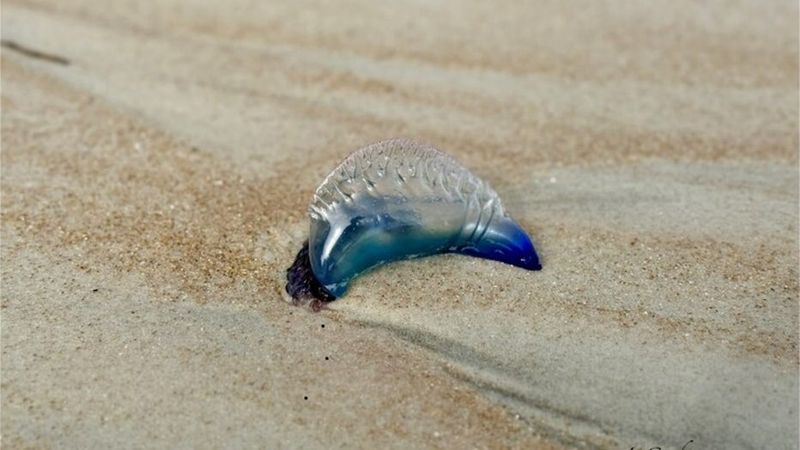
Floating along Florida’s Atlantic coast, these beautiful but deadly creatures aren’t actually jellyfish but colonies of specialized organisms. Their vibrant blue or purple gas-filled bladders are easily spotted on the surface.
Below water, nearly invisible tentacles extend up to 100 feet, delivering extremely painful stings even when washed up on beaches. The venom causes welts, severe pain, and can trigger allergic reactions leading to breathing difficulties or cardiac complications in sensitive individuals.
8. American Crocodile
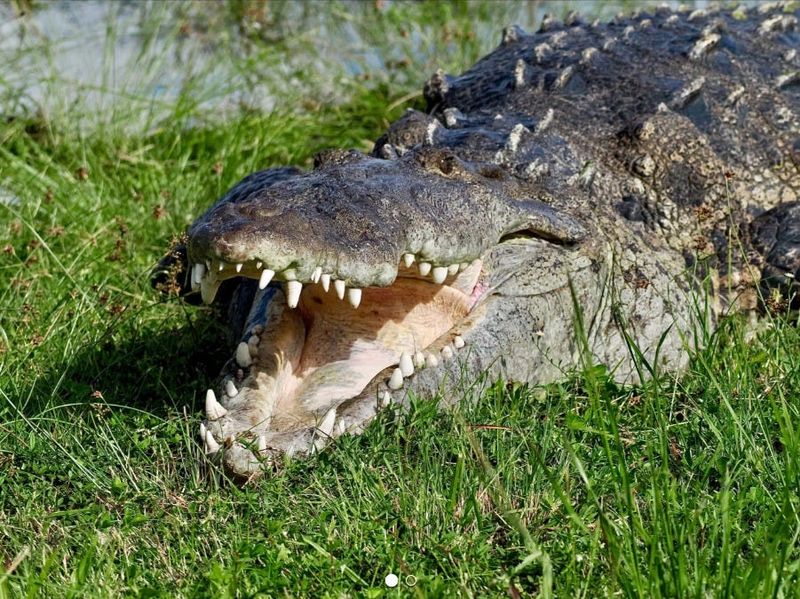
Rarer than their alligator cousins, American crocodiles inhabit southern Florida’s coastal areas. Identifiable by their narrower snouts and visible lower teeth when their mouths are closed, they’re typically more shy around humans.
Despite their reserved nature, crocodiles are apex predators growing up to 15 feet long. They’re faster and often more aggressive than alligators when provoked. Fortunately, their limited Florida range means encounters are uncommon except in the Everglades and Florida Keys.
9. Coral Snake
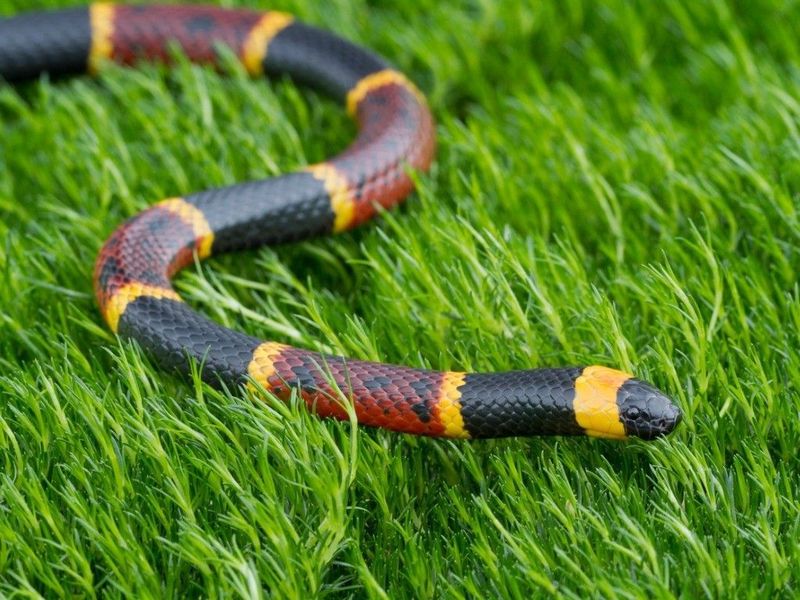
Brilliantly colored with red, yellow, and black bands, the eastern coral snake is Florida’s most venomous serpent. Remember the rhyme: “Red touch yellow, kill a fellow” to distinguish it from similar-looking but harmless snakes.
Shy and rarely seen, coral snakes have small mouths and need to chew to deliver venom effectively. Don’t let this fool you—their neurotoxic venom is more potent than a rattlesnake’s, attacking the nervous system and potentially causing respiratory failure within hours.
10. Fire Ants
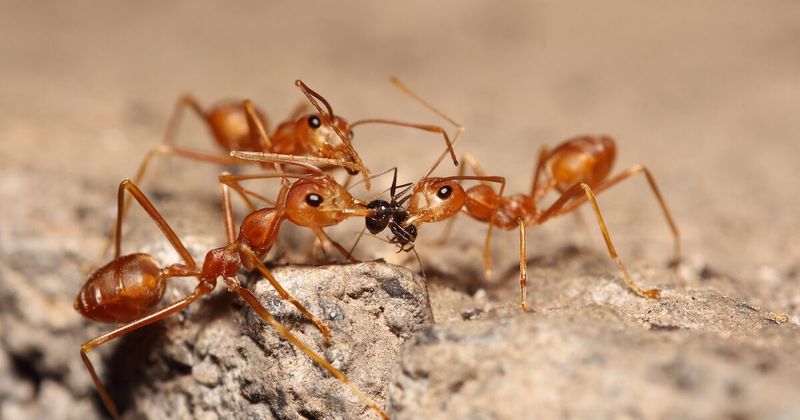
These tiny terrors form massive colonies throughout Florida, building distinctive mounded nests in open sunny areas. Step on one accidentally, and dozens will swarm up your leg, delivering painful stings in coordinated attacks.
Each sting injects venom causing burning blisters that can become infected if scratched. For those with allergies, fire ant attacks can trigger life-threatening anaphylactic reactions. Even a small colony can contain over 100,000 aggressive defenders ready to protect their queen.
11. Brown Recluse Spider
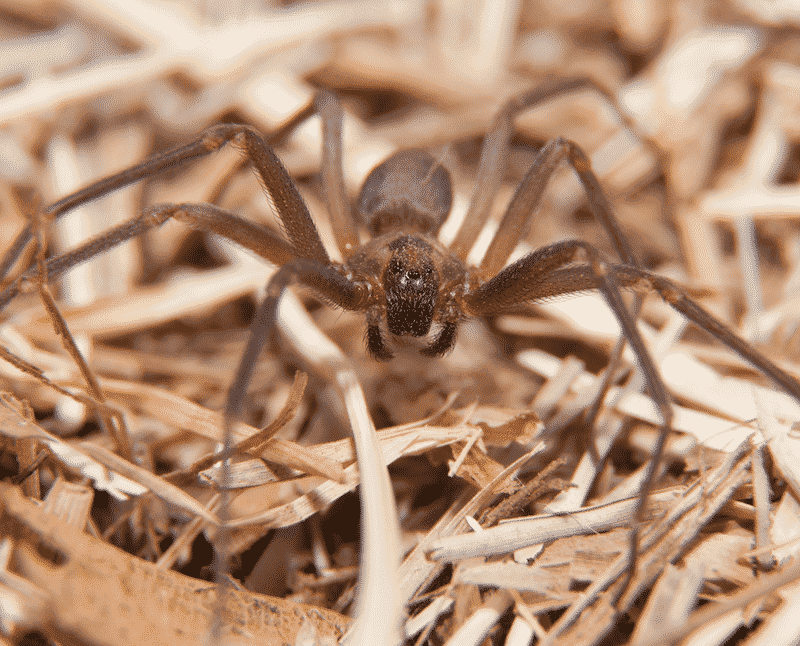
Secretive and small, brown recluse spiders hide in dark, undisturbed areas like closets, attics, and woodpiles across Florida. Identifiable by the violin-shaped marking on their back, these arachnids rarely exceed the size of a quarter.
Their bite initially causes minimal pain but develops into a necrotic lesion as the venom destroys surrounding tissue. The wound often requires medical intervention and can leave significant scarring. Contrary to common belief, they’re not aggressive unless directly threatened.
12. Sharks (Multiple Species)

Florida leads the nation in shark attacks, though fatalities remain extremely rare. Beyond bull sharks, species like blacktips, tigers, and great hammerheads patrol coastal waters, especially during migration periods.
Most attacks are cases of mistaken identity in murky water or during low visibility conditions. Sharks rarely target humans as prey. Simple precautions like avoiding swimming at dawn/dusk, staying away from fishing areas, and removing shiny jewelry dramatically reduce already minimal risks.
13. Florida Panther
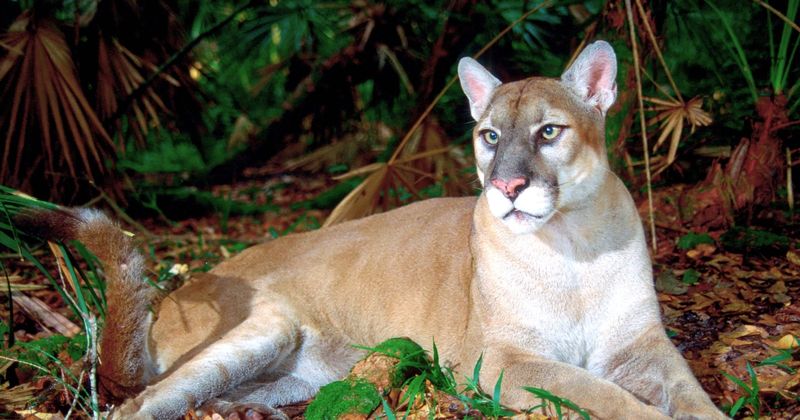
Critically endangered with fewer than 200 remaining, Florida panthers rarely encounter humans in their remote south Florida habitats. These powerful cats can weigh up to 160 pounds and leap 15 feet vertically.
Despite their impressive capabilities, panther attacks on humans are virtually nonexistent in modern times. The real danger comes from vehicular collisions, which threaten both human and panther lives. Their extreme rarity makes any sighting a once-in-a-lifetime event for most Floridians.
14. Box Jellyfish
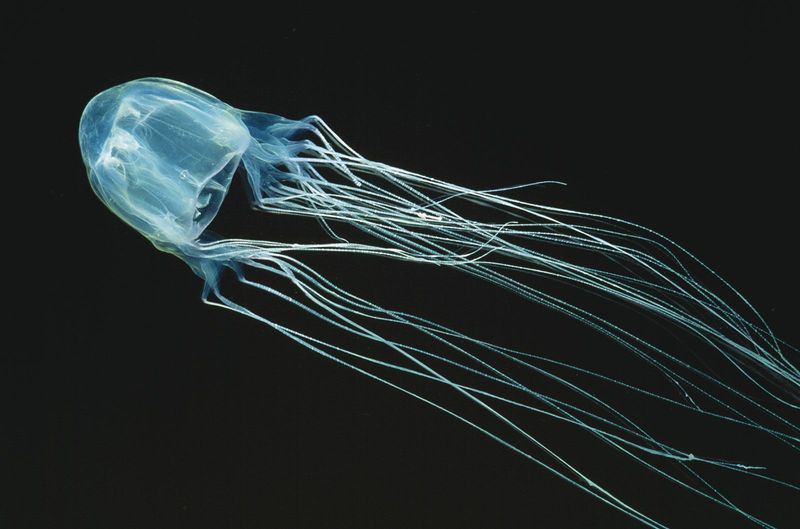
Several species of box jellyfish inhabit Florida waters, especially during warm summer months. Nearly transparent in water, their cube-shaped bells trail long tentacles armed with thousands of stinging cells. Contact produces immediate, intense pain described as feeling like being burned with hot metal. While Florida species aren’t typically lethal like their Australian relatives, their stings can cause cardiac problems in vulnerable individuals and leave scarring. White vinegar can neutralize unfired stinging cells.
15. Mosquitoes

Florida’s warm, humid climate creates perfect breeding conditions for mosquitoes year-round. Beyond their annoying bites, these tiny insects spread serious diseases including West Nile virus, dengue fever, and Zika. Florida’s mosquito control programs help manage populations, but personal protection remains essential.
The state records dozens of mosquito-borne illness cases annually, with elderly and immunocompromised individuals facing greatest risk. In terms of global human deaths caused, mosquitoes remain Earth’s deadliest animal.

